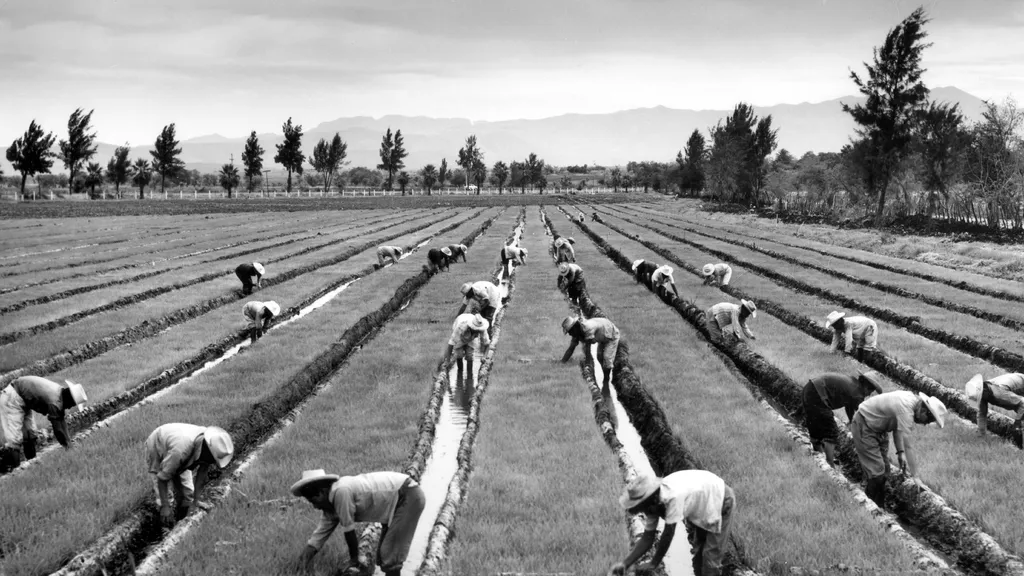In the heart of Mexico’s agricultural landscape, a groundbreaking dataset is paving the way for innovative resource utilization, promising to transform the way we view agricultural residues. Researchers have compiled a comprehensive dataset that sheds light on the potential of lignocellulosic residues from major crops in Zacatecas, Mexico, to produce activated carbon. This initiative, led by Leonel E. Amabilis-Sosa from the Tecnológico Nacional de México/IT de Culiacán, integrates experimental and geospatial data to offer a holistic view of biomass availability and its potential applications.
The study focuses on four primary crops—corn, oats, agave, and garlic—chosen for their significant residue generation. By collecting and characterizing these residues, the research team has provided detailed insights into their cellulose, hemicellulose, lignin, ash, and nutrient content. This data is not just a collection of numbers; it’s a roadmap for farmers and agribusinesses looking to maximize the value of their crops.
“Our goal was to bridge the gap between experimental data and spatial analysis,” explained Amabilis-Sosa. “By integrating these two approaches, we can offer a more comprehensive understanding of biomass availability and its potential for valorization.”
The dataset includes raw and processed data, organized into directories containing land-use shapefiles, municipality coordinates, crop production tables, and physicochemical characterization files. This structured information is a goldmine for researchers, environmental planners, and policymakers. It can be used to evaluate biomass valorization across regions, assess crop residue management, and develop circular economy strategies.
The commercial implications for the agriculture sector are substantial. Activated carbon, derived from agricultural residues, has a wide range of applications, from water purification to air filtration and even in the production of advanced materials. By valorizing these residues, farmers can diversify their income streams and reduce waste, contributing to a more sustainable and circular agricultural economy.
“This dataset is a game-changer for the agriculture sector,” said a representative from an agribusiness firm. “It provides us with the data we need to make informed decisions about residue management and potential new revenue streams.”
The study’s integration of experimental and geospatial approaches sets a new standard for research in this field. It offers a reproducible and spatially explicit design that can be applied in various contexts, from academic research to sustainable resource management and policy decision-making.
As the world grapples with the challenges of climate change and resource depletion, this dataset provides a beacon of hope. It demonstrates how agricultural residues, often seen as waste, can be transformed into valuable resources. This research not only shapes future developments in the field but also inspires a shift towards more sustainable and circular practices in agriculture.
The dataset has been published in the journal ‘Data in Brief’, providing a valuable resource for researchers and industry professionals alike. With its comprehensive and integrated approach, this study is poised to make a significant impact on the future of agricultural residue valorization.

